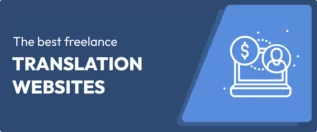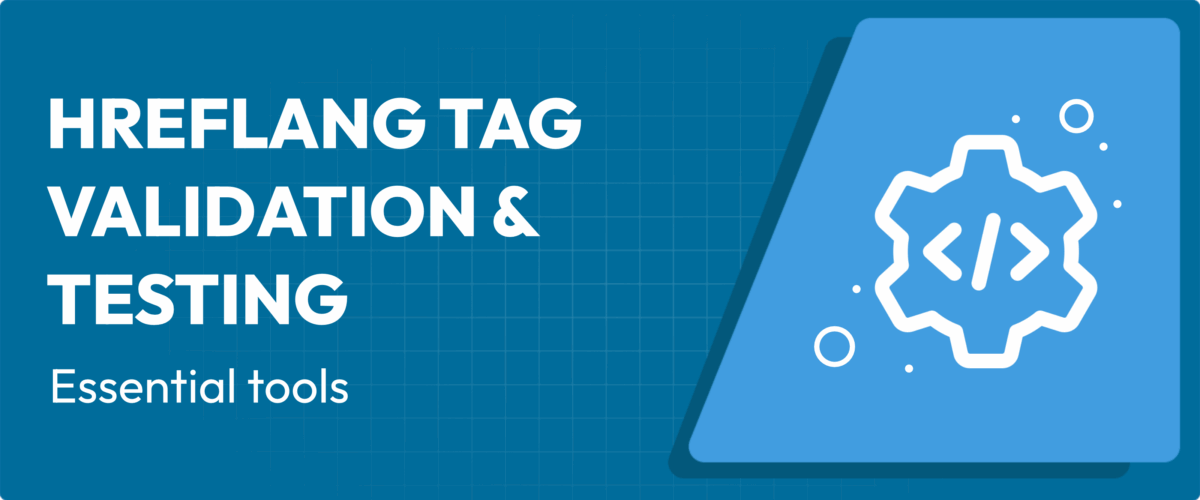
In this post
When you launch a multilingual website, search engines need to understand which content version to show to which audience. ‘Hreflang’ tags handle this task, but they only work when you implement them correctly. I’ve seen many sites struggle with hreflang validation (most have errors), which results in wrong language versions appearing in search results or translations not getting indexed at all.
In this post, I’m going to walk you through some hreflang validation testing. Throughout, you’ll learn to use third-party validation tools and manual checks to verify your implementation. I’ll also show you how to spot common errors and interpret validation reports so you can fix issues before they impact your search visibility.
What hreflang validation means and why it matters
The hreflang tags on your website need to follow a correct format and structure. These tags tell search engines which language and region each page targets, but they need to be perfect for search engines to use them.
When you validate your hreflang implementation, you’re checking several elements:
- That the tags use correct ISO 639-1 language codes and ISO 3166-1 Alpha-2 country codes.
- Accurate URLs without typos or broken links.
- That each page references all other language versions, including itself.
- Exact syntax.
Proper hreflang validation prevents problems with your international SEO. An Ahrefs study shows most sites have hreflang errors that prevent search engines from understanding their language structure.
Broken hreflang tags mean search engines will show the wrong language version to users. A Spanish speaker searching in Mexico might see your English version, while an English speaker in the UK might land on your Spanish page. This is a poor user experience and will definitely contribute to a high bounce rate.
There are many more reasons to carry out hreflang validation, such as avoiding duplicate content issues and ensuring your translated pages are indexed. Regardless, knowing how to spot the errors that crop up will help you mitigate or resolve them.
Common hreflang errors that break your implementation
If you understand the most frequent mistakes, you can fix them faster when they appear. First, Hreflang tags need to be bidirectional. This means if your English page points to your Spanish page, your Spanish page needs to point back to it.
- English page: <link rel=”alternate” hreflang=”es” href=”https://yoursite.com/es/page” />
- Spanish page: <link rel=”alternate” hreflang=”en” href=”https://yoursite.com/page” />
It’s easy to forget to add the complete cluster of links to every page!
Language and country codes follow different standards, and mixing them up search engines won’t understand the tags.
- Wrong ❌ <link rel=”alternate” hreflang=”eng-UK” href=”https://yoursite.com/uk” />
- Right 👍🏻 <link rel=”alternate” hreflang=”en-GB” href=”https://yoursite.com/uk” />
There are lists of country and language codes available so you get this right. I’d recommend the International Organization for Standardisation (ISO) website for this as it’s the official one:
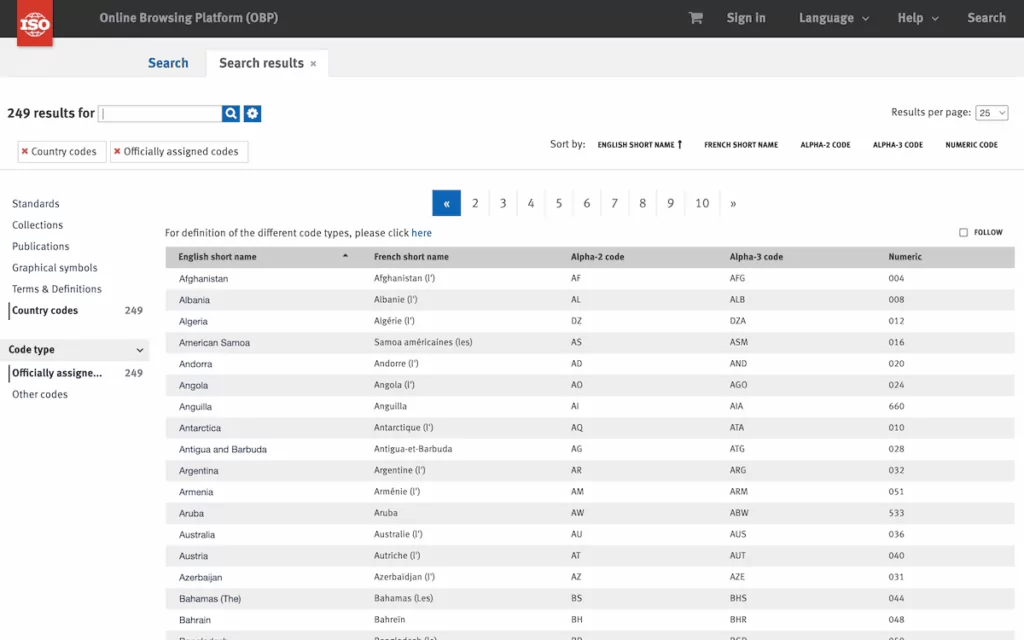
There are plenty more errors to watch out for also:
- Google requires absolute URLs in hreflang tags. This means the tags need the full URL for a page starting with https:// or http://. A relative URL such as /es/page won’t work.
- You won’t want hreflang tags that contradict canonical tags. If your canonical tag points to one URL while your hreflang tag points to a different URL, search engines won’t know which instruction to follow.
- Each page needs an hreflang tag that points to itself. So, your English page should have an hreflang=”en” tag pointing to its own URL, plus tags pointing to other language versions.
Finally, hreflang tags can go in three places: the HTML header, XML sitemap, or HTTP headers. Mixing these methods incorrectly or placing tags in the wrong location means they won’t work.
Testing hreflang tags with third-party validation tools
While Google Search Console used to have a report for hreflang validation, it no longer does. As such, third-party validation tools can catch errors before you submit your sitemap. These tools work fast and give you immediate feedback, so you can slot them into your workflow. The Hreflang Tags Testing Tool from Technical SEO is one option:

You can test individual URLs or submit your entire XML sitemap to check all implementations at once. The tool scans your tags and reports any errors, missing return links, or formatting problems. It’s free and provides clear explanations of each error.
If you’re already a Screaming Frog SEO Spider user, this includes hreflang validation. However, you’ll need to dig into the settings to enable hreflang tag checking.

Ahrefs’ Site Audit also includes hreflang validation as part of its SEO crawling. If you already use Ahrefs for SEO, you can check your hreflang implementation alongside other technical SEO factors.
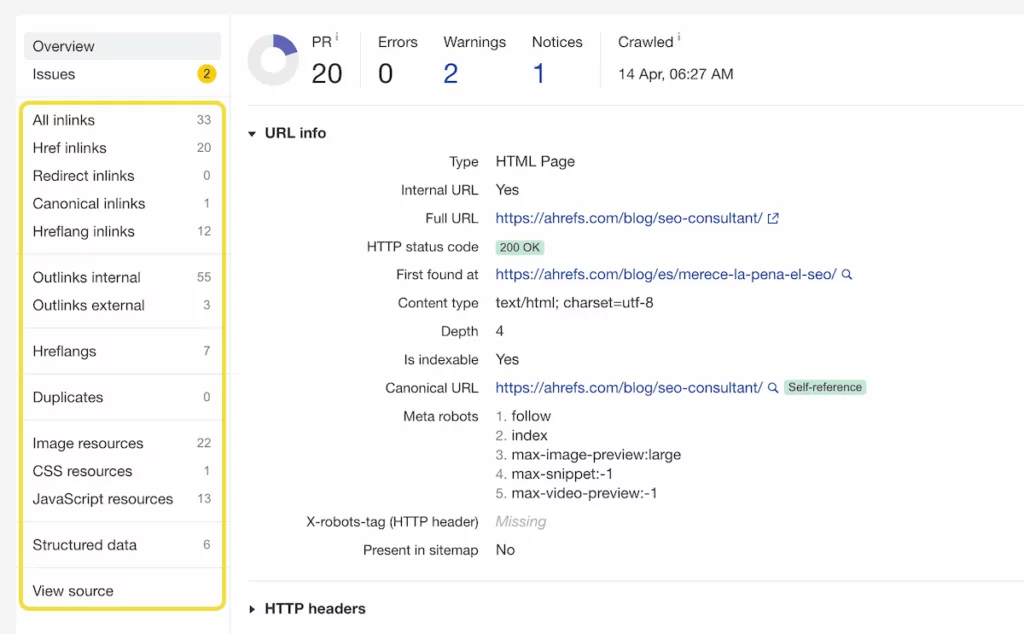
It’s a good idea to run validation checks with at least two different tools. Sometimes one tool might miss an error that another catches, or you might get clearer explanations from one versus another. Using multiple tools helps you understand your implementation from different angles.
Manual browser checks to verify hreflang tags
While an automated tool can catch most hreflang errors, a manual check lets you take a ‘user-eye’ view at your site’s experience. The simplest check is to right-click on any webpage and select View Page Source (or similar):
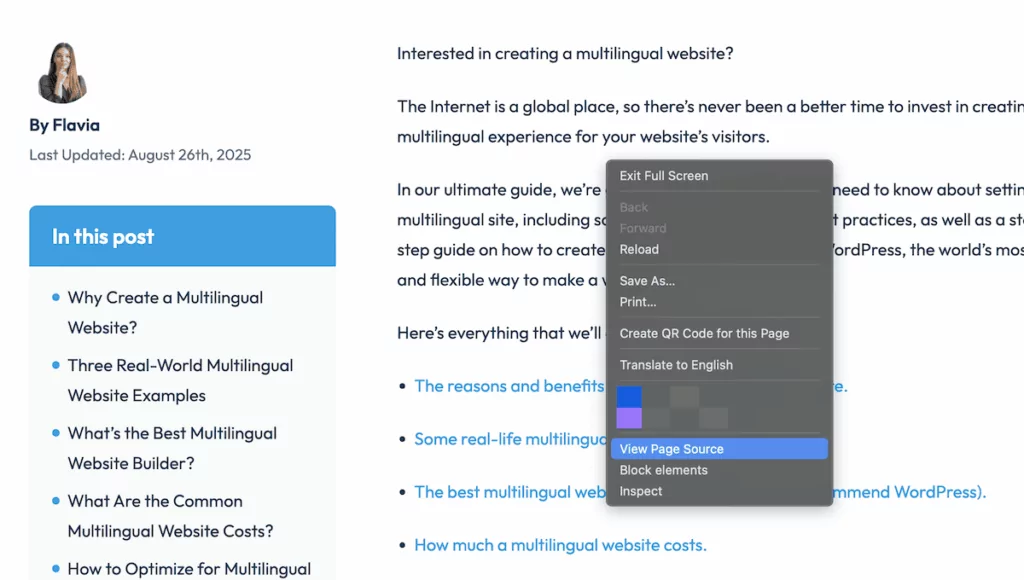
Within the page source file, search for “hreflang.” There should be a complete set of hreflang tags in the head section, with one tag for each language version, including a self-referential tag for the current page.
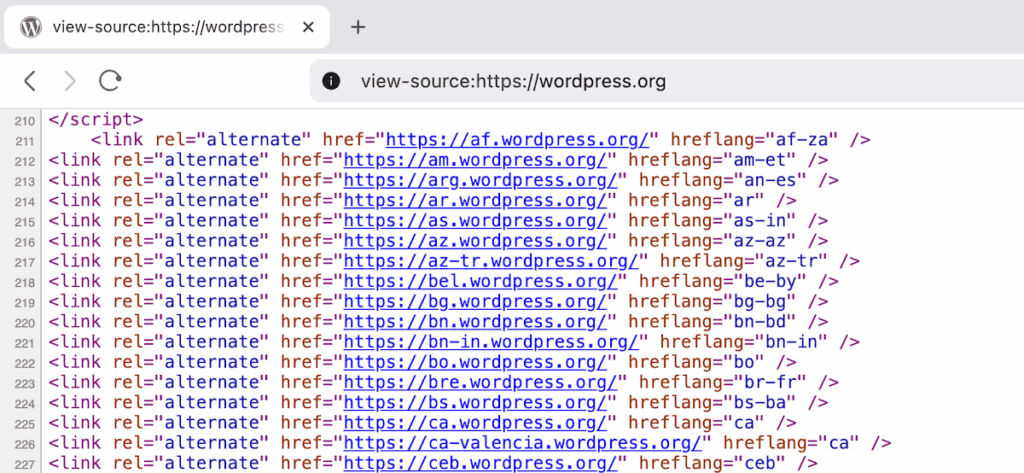
There are a few other ways you could carry out manual hreflang validation:
- Test your site’s language switcher. Each time you switch languages, open the page source and confirm that hreflang tags on the new page correctly reference all language versions.
- Use different browsers and devices to make sure hreflang tags are consistent. Sometimes, theme or plugin conflicts cause tags to disappear on mobile devices or in certain browsers.
- Browser extensions such as the SeoVeda Meta Tracker can show all the hreflang tags on a page in a simple popup.
- Testing your XML sitemap manually is also worthwhile. Open your sitemap file and search for xhtml:link tags that contain hreflang attributes. Verify that each URL in your sitemap has a complete set of hreflang annotations pointing to all language versions.
You might even consider using a VPN to test whether search engines show the correct language version based on the location. For instance, if you connect to a VPN server in Spain, then search for your target keywords, the results should show the correct version.
Interpreting validation reports and fixing errors
The best case scenario is nothing to do! However, there will be times when your reports show errors. Understanding these reports is crucial for fixing problems with your hreflang implementation.
Most validation reports organize errors by type and follow the list of common hreflang errors I gave you earlier. Here’s a recap:
- Missing return links means one page points to another language version, but that version doesn’t point back.
- Incorrect language codes show you what code you used and suggest what it should be.
- Hreflang to non-canonical errors happen when your hreflang tag points to a URL that has a canonical tag pointing somewhere else.
Some reports show warnings in addition to errors. These will often be problems but aren’t necessarily breaking your implementation. For instance, you might get a warning if you’re not using x-default tags, even though they’re optional. You can often ignore warnings if your implementation works, but they’re worth reviewing.
As with any bug, systematic changes are better than trying to fix everything at once. Go from your most critical errors and finish up with the minor warnings. Similar to DNS propagation, you’ll need to wait a while for search engine crawlers to grab your new hreflang validation.
How TranslatePress handles hreflang validation automatically
If the hreflang validation process seems complicated, you’ll appreciate how TranslatePress handles it. Because the plugin does all of the technical work for you behind the scenes, you don’t need to write code or worry about making mistakes with language codes or URL formats.
TranslatePress Multilingual
The only work you need to do is to select which languages you want to support in the TranslatePress settings. Note that the hreflang tags apply to your HTML head section and XML sitemap (if you’re using a compatible SEO plugin.)

When you add a new language or translate a new page, the plugin updates all relevant hreflang tags across your site. What’s more, TranslatePress uses correct ISO language and country codes based on the languages you select.
For sites with regional variations of the same language, TranslatePress lets you specify both language and country. If you want to target Spanish speakers in Spain differently from Spanish speakers in Mexico, you can set up es-ES and es-MX variants. The plugin then adds the appropriate hreflang tags with both language and country codes.
The plugin handles URL structure automatically too. When you translate a page, TranslatePress creates a new URL for that language version using subdirectories. These URLs are absolute, include the proper protocol (https://), and meet all the requirements for hreflang tags.
Making hreflang validation simple with the right tools
Proper hreflang implementation is crucial for multilingual SEO, but validation doesn’t need to be difficult. TranslatePress can eliminate most of the complexity around hreflang validation. The plugin handles all technical details automatically, using correct formatting and ensuring bidirectional links exist between all language versions. This means you can focus on creating great content rather than worrying about whether your hreflang tags will work.
TranslatePress Multilingual
Do you have any questions about validating your hreflang implementation? Share them in the comments section below!

